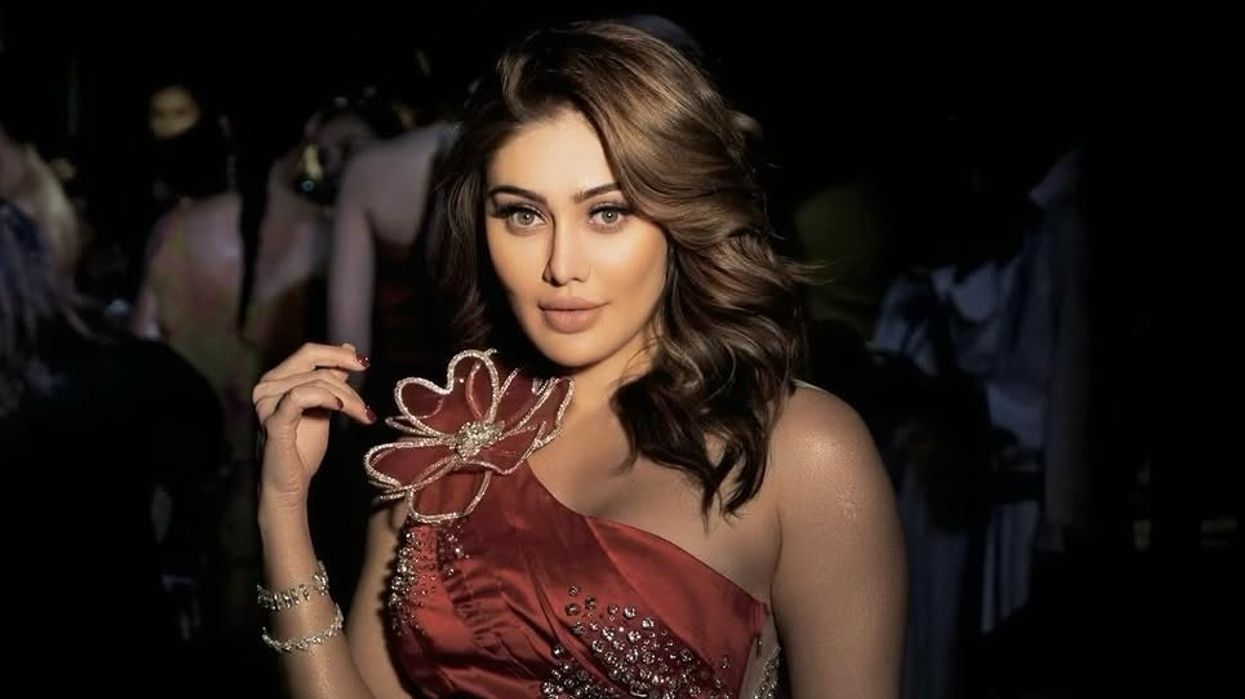Despite India reporting over 205 COVID-19 deaths in last one month, the country's death rate of about three per cent is lower than the global rate, and also much lower than several European countries like the UK, Italy and Spain, according to the analysis of official data.
India had reported its first COVID-19 death from Karnataka on March 10.
Suggesting that a relatively young Indian population may be one of the reasons for the low mortality rate due to the pandemic, experts have attributed the high number of fatalities in countries like Italy and Spain to their elderly population which are more susceptible to developing complications after contracting the infection.
According to the data shared by the Union health ministry earlier this week, about 63 per cent deaths have been reported among people aged 60 and above, 30 per cent among people between 40 to 60 years and seven per cent among people below 40 years.
India so far has reported 6,761 confirmed cases of coronavirus with a death toll of 206, making it 3.04 per cent death rate ---percentage of deaths with respect to the total number of confirmed cases.
As per the US official figures, that country has reported 4,27,460 COVID-19 cases with 14,696 deaths, amounting to a death rate of 3.4 per cent. However, according to John Hopkins University and Medicine, 4,66,299 confirmed cases of COVID-19 have been reported in the US with 16,686 deaths (death rate of 3.57 per cent).
However, death rate is high in Europe. As per official figures from European countries, Spain has death rate of 9.73 per cent (1,57,022 COVID-19 cases and 15,843 deaths) and Italy having a death rate of 12.72 per cent(143,626 cases and 18,279 deaths). The UK has reported a death rate of over 12 per cent (65,077 cases and 7,978 deaths). All much higher than India.
Only Germany seems to be able to contain the spread of the fast-spreading virus effectively with 1,13,525 confirmed cases and 2,373 deaths reported so far, recording about a 2.09 per cent death rate.
India's death rate of COVID-19 is also lower than the global death rate of 5.98 per cent with a total of 1,610,055 cases and 96,365 deaths worldwide, according to data and statistics website worldometer.
Dr Ravi Shekhar Jha, Senior Consultant and Head of the Department, Pulmonology, Fortis Escorts Faridabad, said in Italy, Spain and the US, "older population has been affected more compared to India where the fatalities have been less, perhaps because our population is fairly young".
Jha also attributed an early and strict lockdown in India as one of the reasons that may have helped in containing the COVID-19 cases.
He, however, noted that in India, the COVID-19 mortality rates differed from region to region e.g about 10 per cent in Indore to about 1 per cent in Haryana.
Jha lauded Germany for being able to keep the death rate from coronavirus very low, because of its "excellent healthcare system".
Dr Rommel Tickoo, associate Director, internal medicine, Max healthcare, agreed with Jha, saying Germany has been able to keep the fatalities on lower side with their good healthcare system.
"Two reasons can be attributed to less deaths in India--- firstly, the high-risk group of people aged 60 and above being affected less compared to in Europe and the US, and secondly, less severity of the virus in India," he told PTI.
"In India, the 20-40 age group account for over 40 per cent of the cases and above 60 age group about 19 per cent. So, in India the younger population is getting affected more, and hence, perhaps the less number of deaths," he said.
Earlier this week, the health ministry had said people aged below 40 years account for 47 per cent of the total confirmed cases, those between 40 and 60 for 34 per cent, and those aged 60 years and above account for 19 per cent.
Dr Rajesh Chawla, a pulmonologist at Apollo Hospital, also feels India having a relatively younger population compared to the Europe could be a reason for less fatalities in the country.
"Also, the 18-60 is an active age group compared to people who are 60 years and older, many of whom have comorbid conditions. Italy has a large geriatric population," he said while elaborating on the reasons why the virus could impact the older population more.
Comorbidity refers to the existence of multiple disorders in the same person.

















 Shefali Jariwala death raises concern over anti ageing drugs and self medication Instagram/shefalijariwala
Shefali Jariwala death raises concern over anti ageing drugs and self medication Instagram/shefalijariwala  Anti ageing pills found at Shefali Jariwala home spark health safety debate Instagram/shefalijariwala
Anti ageing pills found at Shefali Jariwala home spark health safety debate Instagram/shefalijariwala 
 Prada confirms Kolhapuri chappals inspired its 2026 Milan collectionInstagram/
Prada confirms Kolhapuri chappals inspired its 2026 Milan collectionInstagram/ Kolhapuri chappals have been crafted for centuries and received GI tag in 2019 iStock
Kolhapuri chappals have been crafted for centuries and received GI tag in 2019 iStock